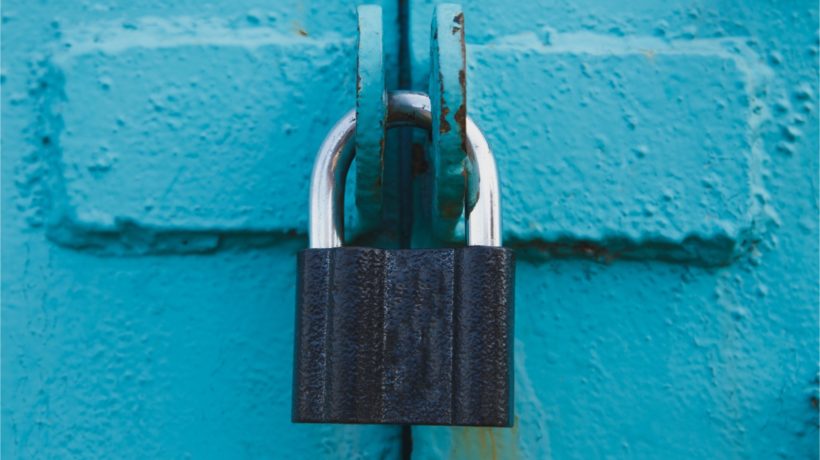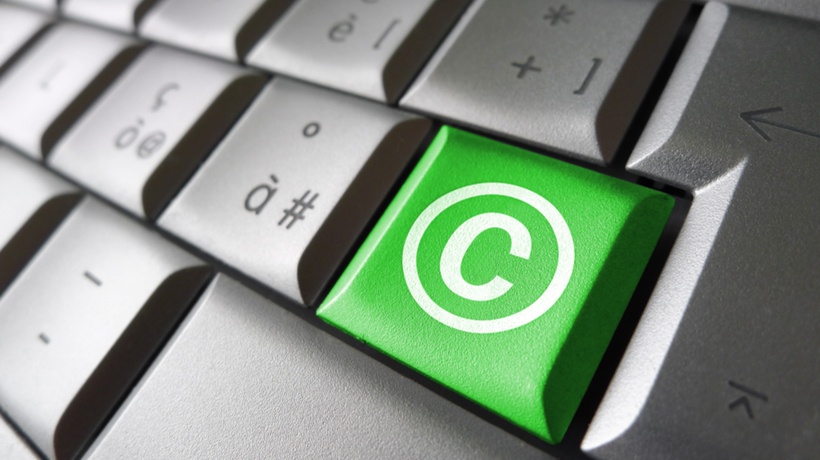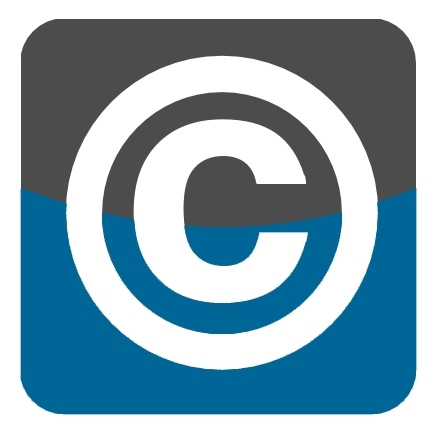What eLearning Pros Need To Know About Copyright And Licence Issues In eLearning
With the availability of the internet, learning designers or media designers can simply obtain free resources online with just one click. Learning designers cannot deny that visuals are an important aspect of eLearning courses. With the use of icons, graphics, and images in eLearning courses, the key concepts of the learning content could be easily communicated to the learner. In addition, a good visual presentation can also engage learners. However, are all the designers aware that the act of "click" and "save" on those pictures is legit? Do we check the terms of use before we click the "save" button?
Sometimes, designers are too attracted to the word "free". Remember that finding something free to download does not mean that you have the right to publish those resources on your learning material. The same is implied in free access. The word "free" does not imply that it is always free to use. Check the terms of use before you decide to use the images. Always cite the sources and the author if you are unsure about the copyright. Please, take note of whether they are free to use, limited to educational purposes and not commercial purposes too. If you intend to sell your product to your client, you should be aware of this.
Now, where can the free-to-use resources be found? The list below suggests some useful and popular websites, along with simple descriptions of their terms of use.
1. Photos/Images/Artwork
- Pixabay or Unsplash
Most of the photos carry CC0 license and no attribution is required. Free to use even for commercial purpose. - Freepik
No charges implied for the artwork, but attribution is required. If you find making citations troublesome, you can purchase the license. - Flaticons
It is a project by Freepik. The usage rules are the same as Freepik. Artwork under Premium selection can only be used by paid users. - Flickr
Some images carry Creative Commons licenses. Attribution is required for all the resources under a Creative Commons license. You need to remember to indicate the license type and the author, as well as the source. - Shutterstock
A paid website. You need to purchase their images to use those resources. However, the pool of images is huge!
2. Videos
- YouTube
Most of the YouTube videos are under a standard license. In other words, they are copyrighted. However, you still can find some copyright-free video from YouTube. You can filter your search list by selecting "Creative Commons" under the "feature" section.
3. Text-Based Resources
Some well-written articles and learning material could be used for free too.
- OER Commons
Content available from preschool to adult education. The subject areas cover Applied Sciences, Business, Law, English Language, Mathematics, and Social Science. - Open textbook
The books fall under an open license which is copyright-free for anyone to use and alter the content, either in print or digital form.
You can always use Google advanced search engines to help you search and sort out the free resources under different usage rights. They are "free to use or share", "free to use or share, even commercially", "free to use, share or modify" and "free to use, share or modify, even commercially". On the other hand, Wikimedia Commons also contains a large pool of Creative Commons licenses that could be used for free and even commercially.
Remember, "free" does not indicate that it is free from copyright. Thus, before using what you find on websites for your eLearning project, especially ones for commercial use, do consider which category the license falls into:
Copyright
The owner has all the right on his or her work. Permission must be granted before using the copyrighted work. Some may argue that they can just cite the author and indicate where the sources are from. Nonetheless, it is still copyright infringement. Remember, acknowledging and obtaining permission are two different things. Designers have to be extra careful if your eLearning project is commercial.
Creative Commons
It is a license that is free of charge to the public. However, there are various types of such Creative Commons (CC) license. Some licenses allow the user to modify the work, while some licenses do not. Some could be used for commercial purposes, whereas some may restrict usage to personal use. Attribution and citation are still required for the work under all the Creative Commons licenses.
Here is a summary of the types of CC licenses, from the most unrestricted to the most restricted:
- CC-BY
You can distribute, remix and modify the work under this license, even commercially. - CC-BY-SA
SA stands for Share Alike. The terms of use are similar to CC-BY, but the work of creation by you must also be licensed under CC-BY-SA or CC-BY (a more unrestricted license). - CC-BY-ND
ND stands for non-derivatives, which means unchanged. You are not allowed to modify any of the content or artwork that fall under this license. You can only redistribute the work for personal use and also for commercial purpose. - CC-BY-NC
NC stands for non-commercial. You can distribute, remix and modify the work under this license, but not for commercial purpose. - CC-BY-NC-SA
You can distribute, remix and modify the work under this license, but not for commercial purpose. Also, your new creation must also be licensed under CC-BY-NC-SA. - CC-BY-NC-ND
This is the most restrictive license type. You can only share the author’s work without making any alterations. You are not allowed to use them for commercial purpose.
Public Domain
When a work is in the public domain or CC0, it is copyright-free. The work is free for use by anyone for any purpose. You do not have to credit the owner of the work.
If the license is not stated or is unclear, it would be better to recreate the artwork or consider not to use them at all. Don’t land in jail for misusing artwork online.









